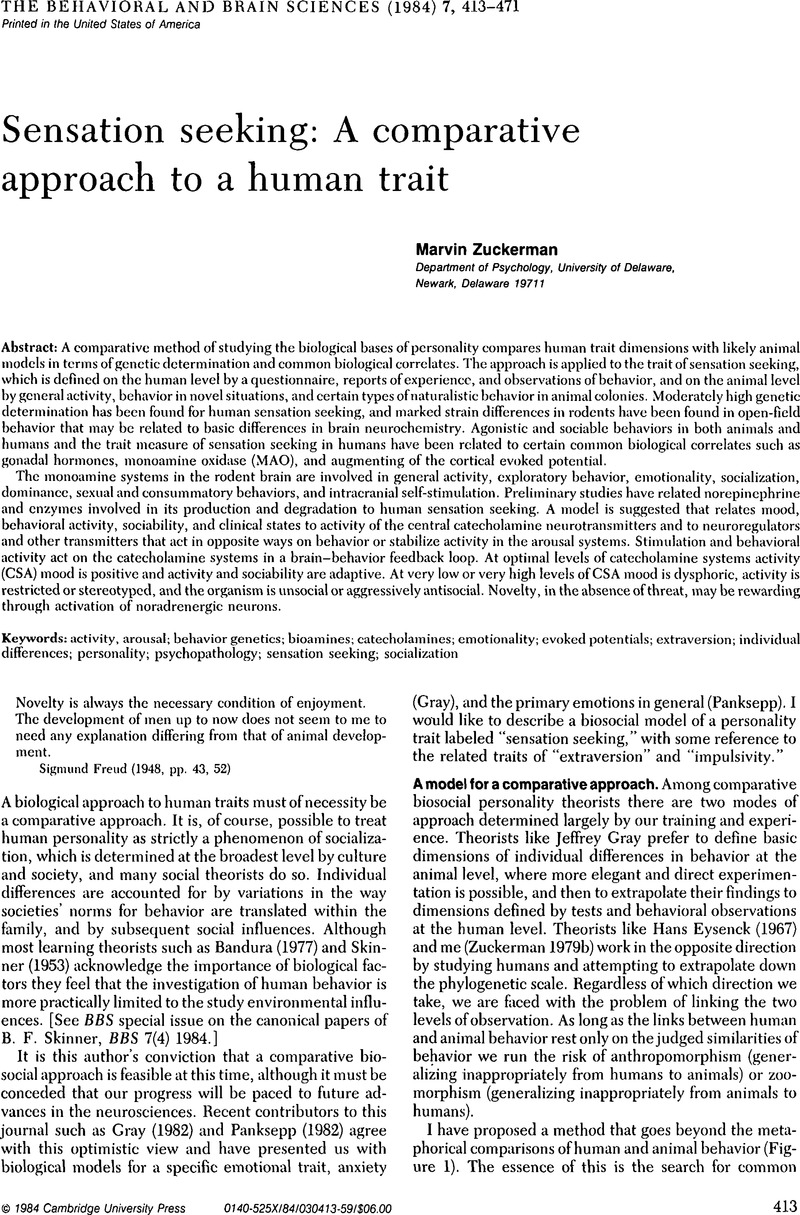Bruneau, N.,
Roux, S.,
Barthelemy, C.,
Jouve, J. &
Garreau, B. (
1983) Frontal reducing, sensorial conditioning and dopaminergic metabolism. Paper presented at the Seventh International Conference on Event Related Potentials of the Brain, Florence.
Electroencephalography and Clinical Neurophysiology. In press. [EC]
Google Scholar 